The term “Utopia” was popularized by Thomas More in his 1516 work Utopia, deriving from the Greek prefix ou- (“no”) and topos (“place”)—an intentional nod to the notion of a “nowhere place.” Yet, while its name suggests nonexistence, utopian thinking is as old as civilization itself, reflecting our deepest hopes for harmony, justice, and collective flourishing.
Across centuries, writers have imagined ideal societies designed to transcend the limitations of their own worlds—sometimes enlightening, sometimes unsettling. By examining these varied visions, we can trace how cultural and historical contexts shape our ideas of paradise and propel us toward social critique or reform.
Below is a curated selection of seven books—classic and contemporary—that each presents its own blueprint for a better (or at least more thought-provoking) tomorrow. From Plato’s philosophical framework to Ursula K. Le Guin’s anarchist planets, these texts invite us to question what’s possible, what’s desirable, and how far we’re willing to go to remake our world.

The Republic – Plato
Where Philosophers Rule and Virtue Guides Society
Plato’s Republic is perhaps the oldest work in the Western canon explicitly sketching out an ideal state. Through Socratic dialogues, Plato proposes a class-based system led by philosopher-kings—individuals whose rigorous training in wisdom and virtue ensures just governance. Notably, he emphasizes education as the foundation of societal well-being, envisioning a carefully structured community where each person contributes according to their natural aptitudes.
Why It Matters: I find that his concept of philosopher-kings have surfaced in modern discourse to support more authoritarian forms of leadership. His vision continues to spark debates about meritocracy, authoritarian governance, and the role of philosophers (or experts) in public life. His examination of justice, power, and the tension between individual freedom and communal harmony remains a cornerstone of political theory—and The Republic is well worth reading for anyone seeking a deeper understanding of these enduring debates.
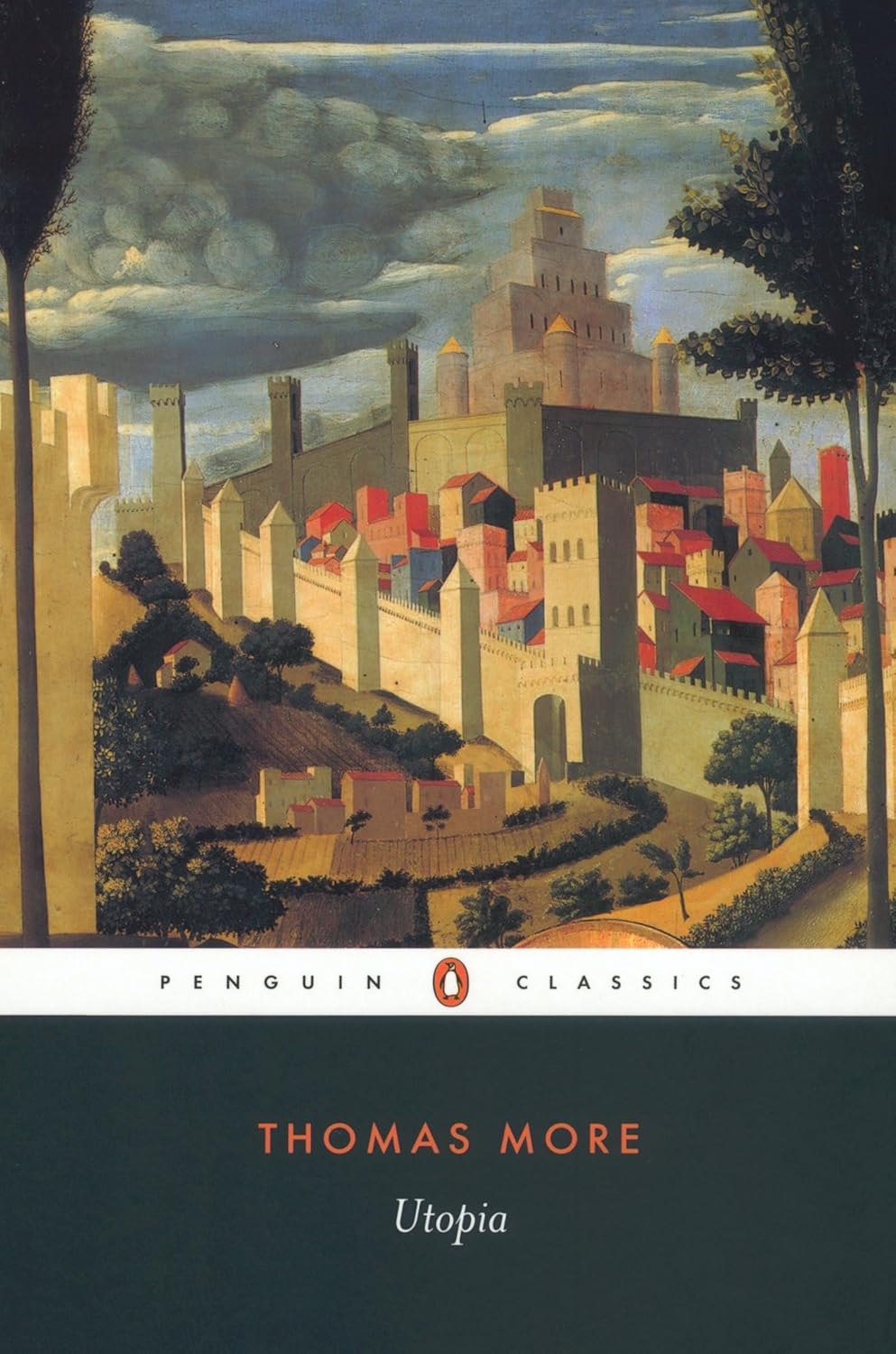
Utopia – Thomas More
The Island Society That Invented the Genre
Thomas More’s Utopia (published in 1516) popularized the term “utopia” and set a template for future ideal-society narratives. Depicted as an isolated island community free from poverty and crime, More’s Utopia organizes life around shared property, rational planning, and a rigorous moral code. However, More’s presentation isn’t straightforward advocacy; his text also brims with satire, painting a sometimes contradictory portrait of perfection.
Why It Matters: Utopia spurred countless debates on the feasibility of communal living, structured governance, and the fine line between socio-political critique and idealistic fantasy. It still challenges modern readers to distinguish earnest social reform proposals from sharp-witted critique.
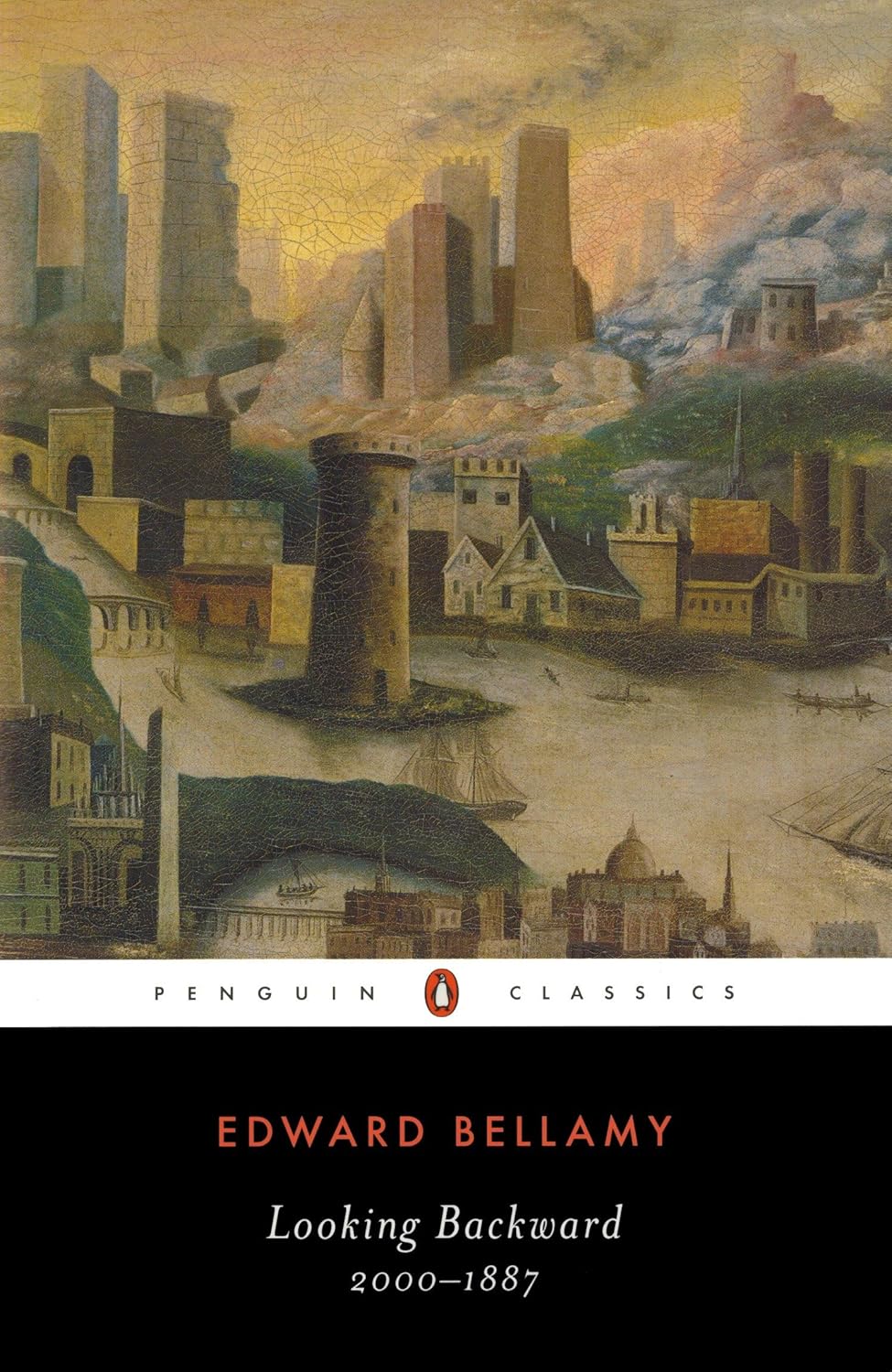
Looking Backward – Edward Bellamy
A Vision of the Year 2000 from the 19th Century
Published in 1888, Edward Bellamy’s Looking Backward catapulted readers into the year 2000, where a man from the late 19th century awakens to find a socialist utopia in the United States. Bellamy’s society has eradicated poverty and war by shifting to nationalized industries and a collective economic model, with efficiency, cooperation, and shared prosperity at the forefront.
Why It Matters: At the height of the Gilded Age—with its rampant inequality—Bellamy’s futuristic dream fueled a surge of reform movements and “Bellamy Clubs” that influenced progressive politics. His detailed depiction of a socialist-inspired system invites ongoing reflection on the possibilities and pitfalls of collectivist economies.

News from Nowhere – William Morris
An Artistic and Pastoral Take on Utopia
William Morris, a designer and social activist of the late 19th century, penned News from Nowhere as a response to the industrial age’s dehumanizing effects. His utopia is a decentralized, agrarian England where craft, beauty, and communal well-being replace factories, wage labor, and alienation. The novel’s protagonist travels forward in time to discover this idyllic society—one that values creative expression and harmony with nature above all.
Why It Matters: Morris’s pastoral vision offers a counterpoint to the industrial optimism typical of his era. By rooting happiness in art, craftsmanship, and meaningful labor, News from Nowhere remains a rallying cry for environmental stewardship and the value of human creativity in shaping daily life.
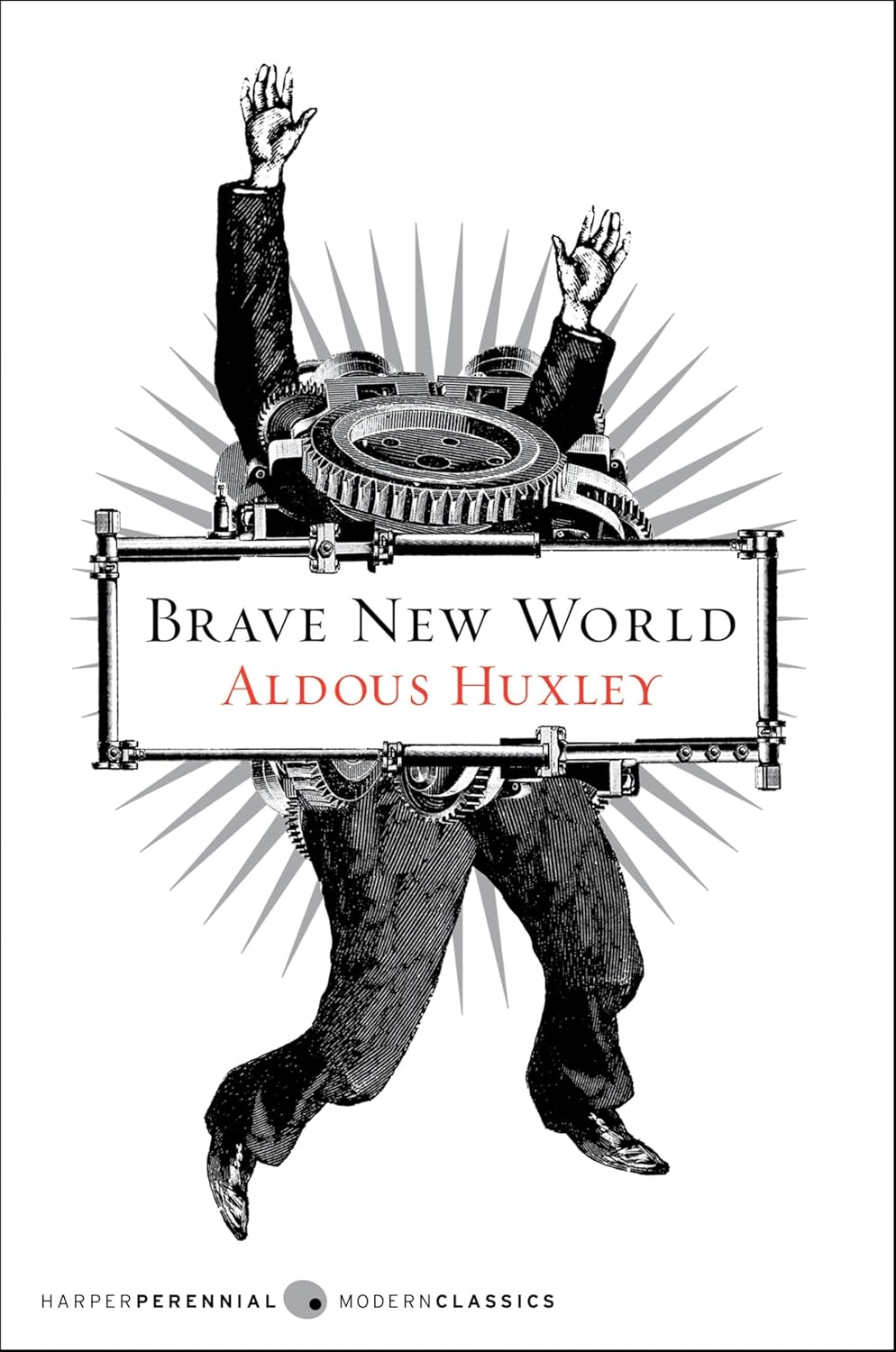
Brave New World – Aldous Huxley
The Dystopian Flip Side of Technological “Perfection”
While billed as a dystopia, Brave New World (1932) can be read as a twisted utopia gone horribly right—or wrong, depending on your perspective. Huxley imagines a world engineered for maximum comfort through genetics, conditioning, and a pacifying drug called soma. Individual expression is quashed in favor of stability and uniform pleasure, forcing readers to question whether a pain-free life is worth the loss of freedom, depth, and real connection.
Why It Matters: Huxley’s cautionary tale highlights the dark underbelly of utopian engineering. It spurs debate about the ethical boundaries of technology and the cost of sacrificing personal agency for a frictionless social order.
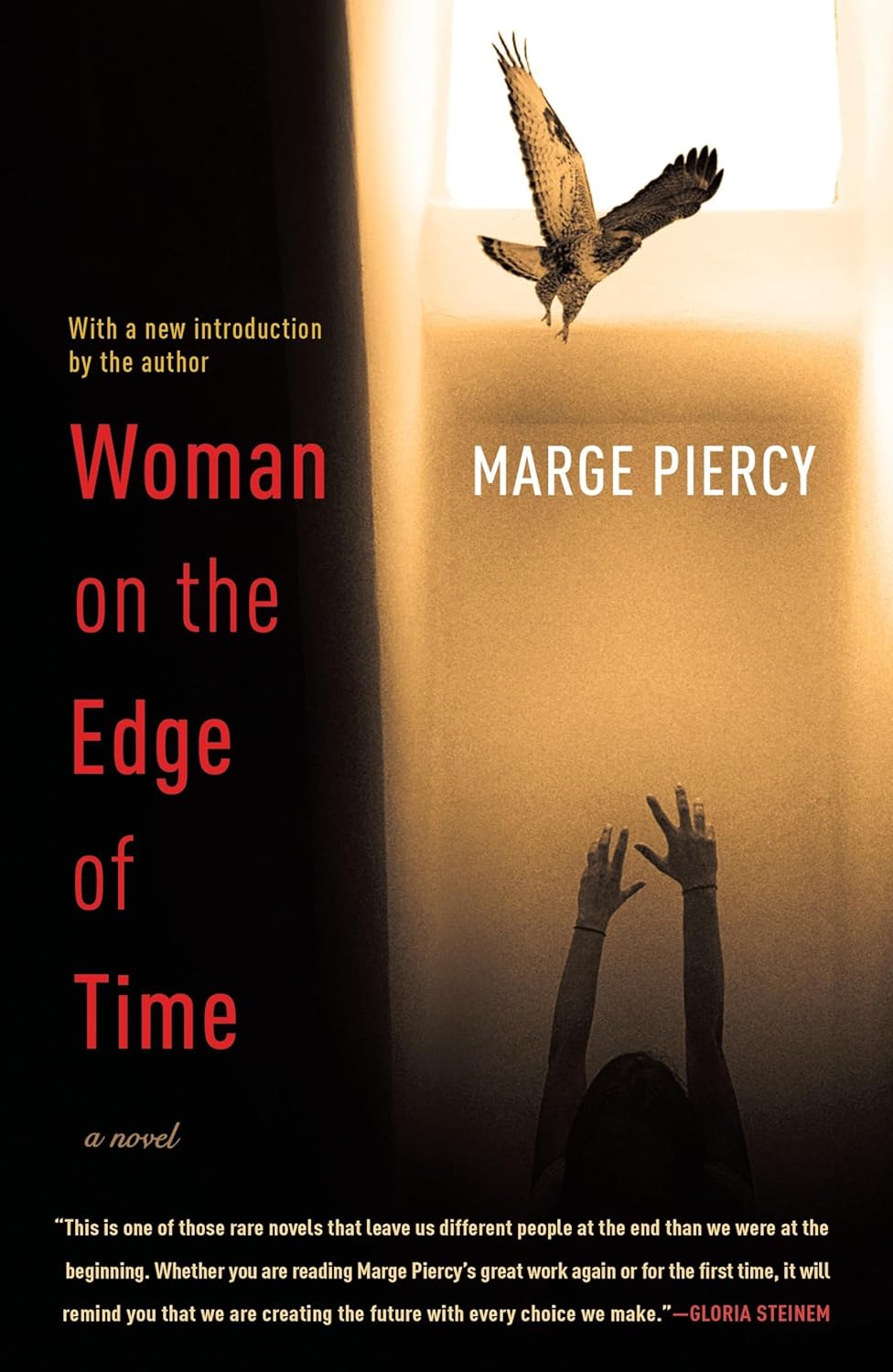
Woman on the Edge of Time – Marge Piercy
Feminist Futurism and the Power of Collective Imagination
In this 1976 novel, protagonist Connie Ramos—an impoverished, marginalized Latina woman in the present—communicates telepathically with a future society practicing gender fluidity, ecological harmony, and cooperative childcare. Piercy’s utopia, Mattapoisett, is by no means simplistic; it coexists alongside grim alternate futures, underscoring how fragile and contested any ideal can be.
Why It Matters: Piercy broadens utopian horizons by centering feminism, environmentalism, and intersectionality—long before those terms reached mainstream discourse. Her vision of shared parenting, communal governance, and gender flexibility offers readers a radical new lens on equality and personal agency.
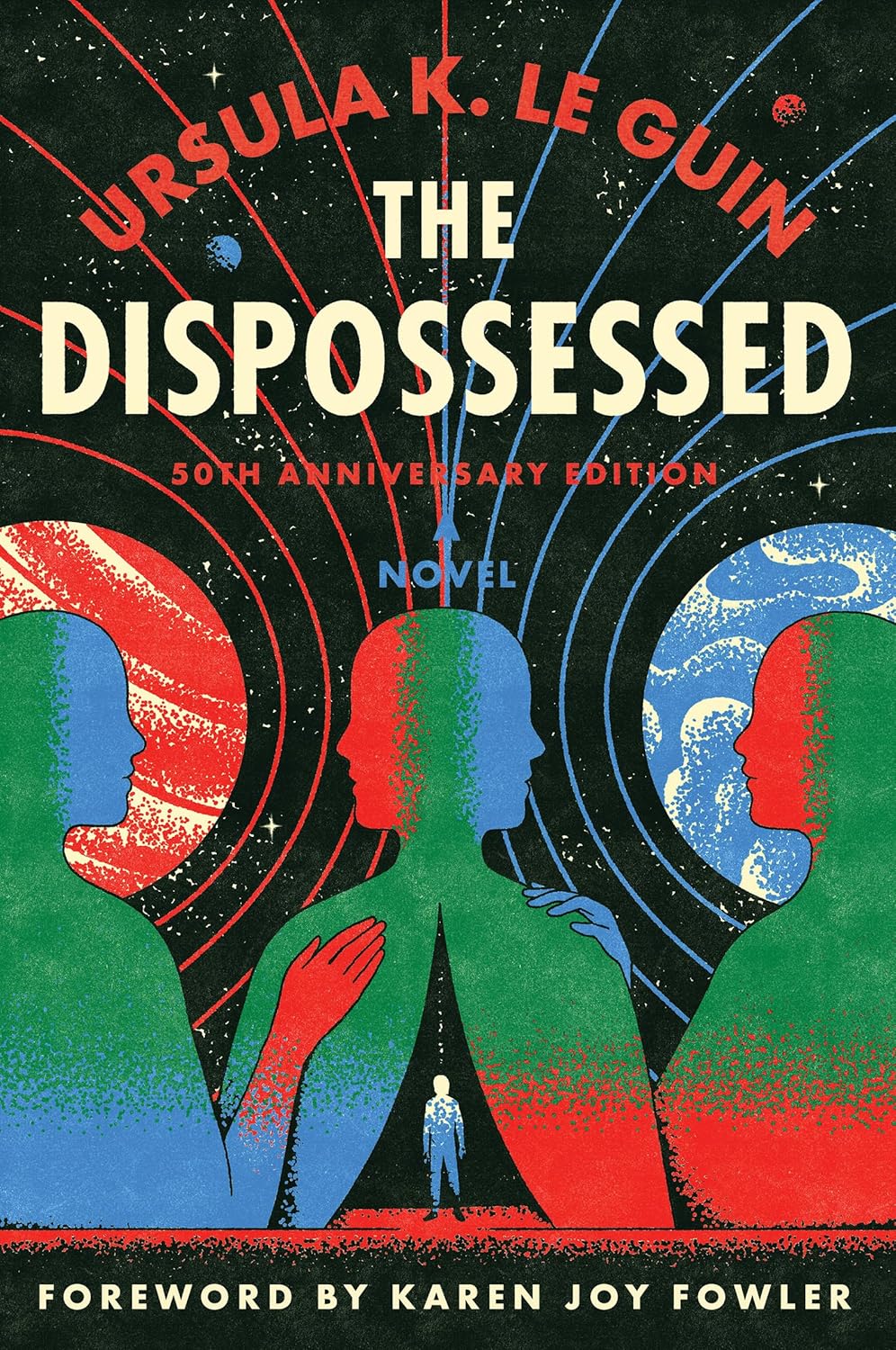
The Dispossessed – Ursula K. Le Guin
Ambiguous Utopia on an Anarchist Planet
Le Guin’s The Dispossessed (1974) follows the physicist Shevek as he journeys between two planets: one capitalist and hierarchical, the other anarchist and cooperative. Dubbed “An Ambiguous Utopia,” Le Guin’s depiction of the planet Anarres reveals both the triumphs and tensions of a society striving to live without property, authority, or rigid institutions. The novel is as much a meditation on freedom and individuality as it is on inequality and scarcity.
Why It Matters: Le Guin’s probing prose highlights the complexity of anarchist ideals—where friction emerges even in collectively governed structures. By contrasting two planets’ flawed realities, she showed to us that utopias are dynamic processes, not fixed endpoints.
Conclusion
From Plato’s tightly governed city-state to Le Guin’s anarchist cosmos, the quest to envision a “perfect” society never ceases to challenge and inspire. These seven works, spanning from ancient to contemporary eras, represent centuries of grappling with humanity’s most enduring dilemmas: the balance of liberty and social order, the role of technology in shaping our desires, and the ever-shifting notions of equality and justice. While they differ in form—philosophical treatise, novel, or satirical critique—all push us to ask what a better world might look like and at what cost.
Ultimately, these utopian visions endure because they address profound human yearnings for meaning, community, and hope—even in the face of adversity. They remind us that imagining alternatives is a first, vital step toward transformation, and prompt us to look beyond the confines of our current society.
What does your Utopia look like?

